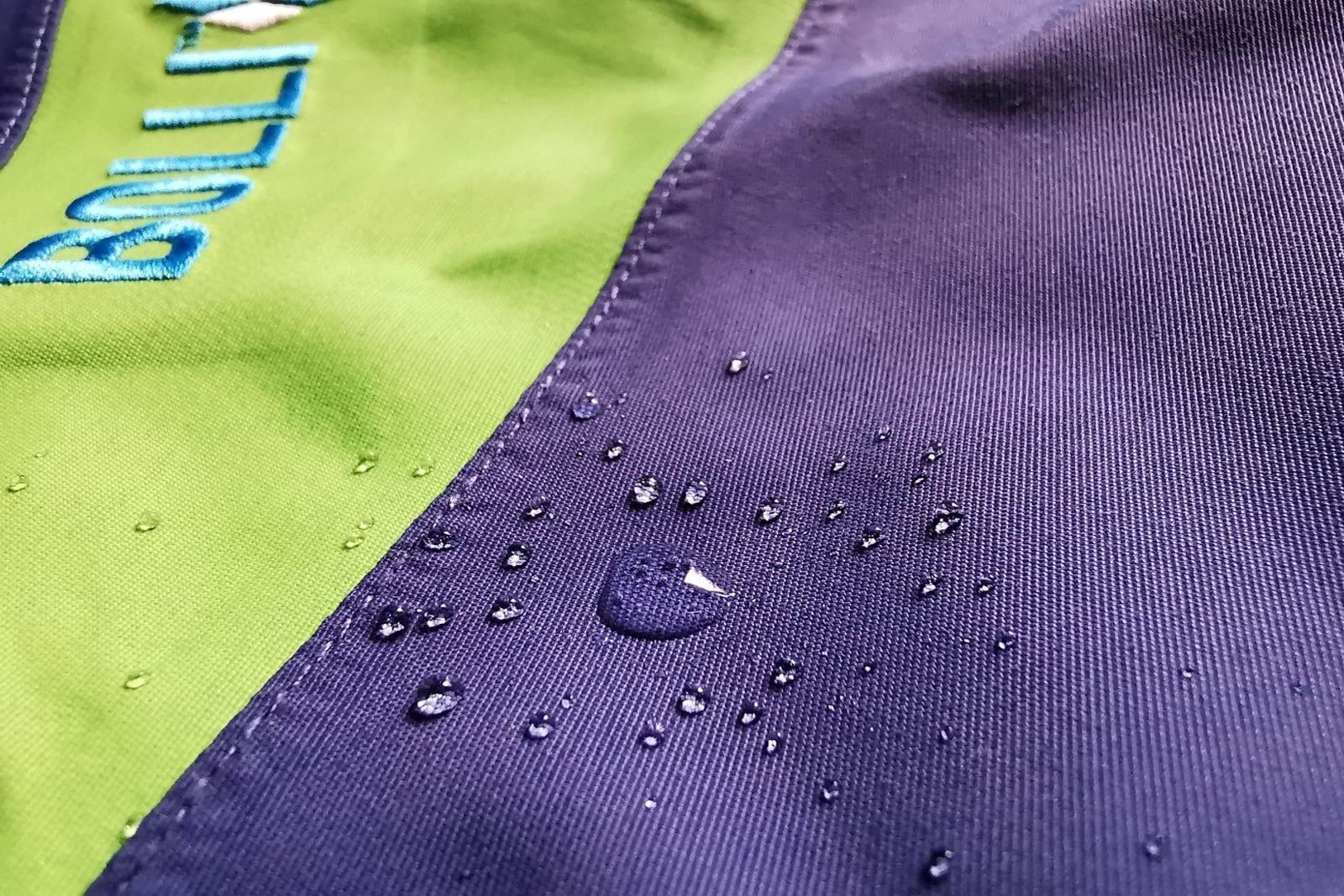Your Cart is Empty
Flat Shipping Fee of just $7.90 within USA

PFCs stands for perfluorinated and polyfluorinated chemicals and contains more than 8,000 known substances. PFCs are carbon chains of diverse lengths where the hydrogen atoms are either completely (perfluorinated) or partially (polyfluorinated) replaced with fluorine atoms. Products containing PFCs are very repellent to dirt, oil and water due to very stable compounds. There is no doubt about the usefulness of these compounds in textiles - especially perfluorooctanoic sulfonic acid (PFOS) and perfluorooctanoic acid (PFOA). However, there exists a huge potential for harm within these substances. Getting deeper into chemical details would be a lengthy explanation and would probably bore you, so let’s keep it brief and straightforward for us non-chemists.

The hazardous PFCs cannot be found in the nature but have been detected in various areas of the world, even in the most remote ones such as the Arctic. Once released, many of the persistent substances do not self-degrade and can hardly be removed from the environment.
In 2010, the OSPAR commission defined 17 PFCs that constitute a threat to the aquatic and marine environment. Through water ways, air and food, the chemicals find their way into the food chain. PFCs form bonds with proteins in the human body. Animal tests have shown, that they promote or cause cancer, and they are suspected of inhibiting reproduction.
Nowadays, PFCs are found in many products. They are classified as harmful to health and the environment. Many manufacturers of outdoor clothes and accessories therefore offer PFC-free membranes and impregnations due to the water-repelling effect.
 Although the outdoor clothing industry only has a very small percentage of the total amount of the many different PFCs, they obviously sees themselves as role models and is making an effort to be responsible. Consumers, too, are becoming more and more aware of the dangers of PFCs and are buying more conscientiously. The major brands in this industry announced to refrain from using PFCs in the upcoming years.
Although the outdoor clothing industry only has a very small percentage of the total amount of the many different PFCs, they obviously sees themselves as role models and is making an effort to be responsible. Consumers, too, are becoming more and more aware of the dangers of PFCs and are buying more conscientiously. The major brands in this industry announced to refrain from using PFCs in the upcoming years.
Even before Greenpeace's extensive research, many manufacturers have recognized the need for action and are in the process of converting their production to PFC-free production.
What sounds simple is extremely difficult in practice: basically there are no outdoor clothing manufacturers who can produce their entire product range from fabric to finished product in-house. Large fabric manufacturers process both PFC-containing and PFC-free products at their plants, which can lead to contamination. Therefore, environmentally aware niche brands like BOLLI only buy PFC free fabrics. Obviously, tested by institutions like Hohenstein.
By BOLLI LLC I August 14, 2019 I www.bolli.dog I Follow @bolli.dog